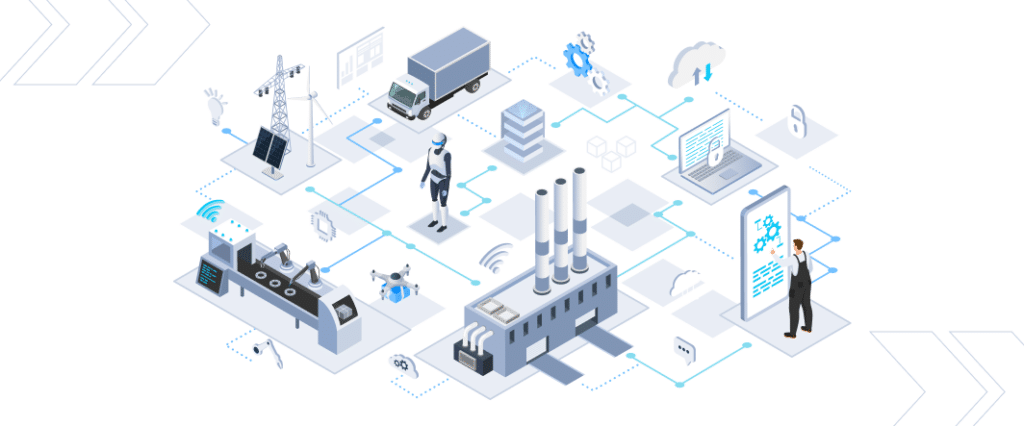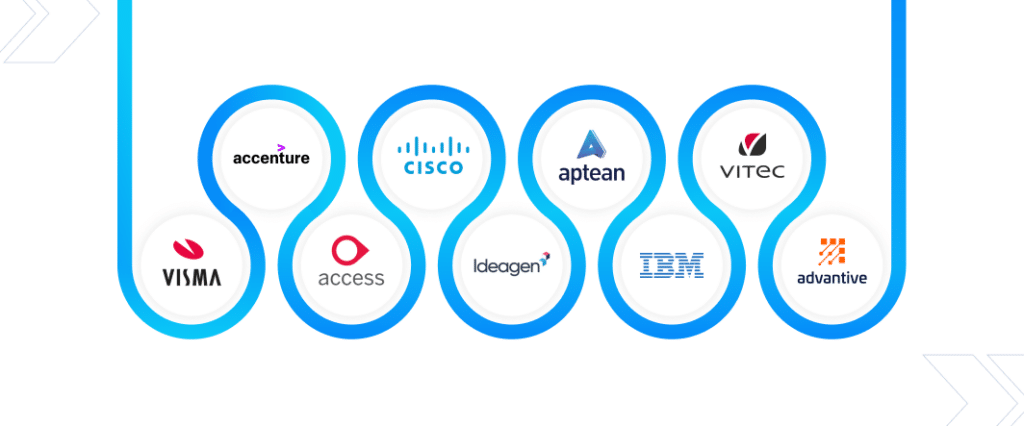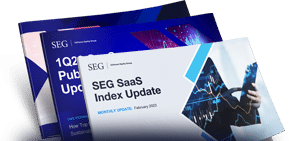Six Essential Data Points You Need for Customer Tracking
While it might sound obvious, having a lens into who your customers are, what motivates them, where they are located, and how they make use of your product is invaluable when it comes to scaling your business. These insights can be difficult to glean, but allow you to segment your customers and improve your company efficiency with ease. Tracking customer metadata helps you identify opportunities to improve sales efficiency, expand revenue, and increase retention.
What Is Customer Tracking?
Customer tracking goes beyond simply keeping track of your customers’ contact information and purchase history; instead it allows you to take a deeper dive into how your company can best meet their needs and retain their business.
We’ll take a look into two types of metadata: segmentation metadata, which looks at the demographics of your customers, and usage metadata, which describes how customers use your product and how you can optimize their experience. More on these in a bit.
Why is Customer Tracking Important?
Tracking customer metadata helps you identify opportunities to improve sales efficiency, expand revenue, and increase retention. These metadata, typically captured through CRM or user level analytic software, provide important customer insights so you can deploy sales and marketing efforts on the segments with the greatest return on investment.
![]()
Segmentation Metadata
Segmenting data describing your customer base is immensely valuable to improving your KPIs. Consider this example: after JMI Equity, a growth equity firm, invested in Arena Solutions, a cloud-based, all-in-one product development platform, they worked together on a deep segmentation exercise to improve KPIs. After this exercise, Arena Solutions used the data to reorient its sales strategy towards the target audience with the highest return on investment.
The result? According to Andrea Pitts, SVP of Global Sales at Arena Solutions, strategic reallocation of sales efforts helped double average sales price, reduce customer acquisition costs, and improve retention all within the first year (watch the full Virtual Coffee).
Segmentation data points provide key insights into your customer base. Size, industry, and geography are data points that are typically captured during onboarding or through periodic customer surveys. Knowing which segments yield the best ROI can help you focus your sales efforts and reduce churn.
Segmentation data points you should be tracking include:
1. Customer Size
Tracking your customers’ revenue and employee count gives you a sense of how large your typical customers are business-wise. This information will help you better define your target customer profile by indicating which cohorts generate the most revenue and have the highest retention.
2. Industry:
When reviewing customers’ industry, you should understand what industries make up the bulk of your revenue. By redeploying sales efforts to industries that make up the highest percentage of revenue and have the best retention rates, companies can improve sales efficiency.
Pitts discussed how adopting an industry segmentation approach to sales revealed that the company was selling to about 89 industries, yet 90% of revenue came from just 14 industries. After focusing efforts on those 14 high-return industries, Arena Solutions saw tremendous results:
“We surpassed our bookings targets, and we hit the gross retention target in one year. We had sales reps hitting their quotas consistently, even after raising quotas. The results were extreme, and it gets back to segmentation. Analyze that data.”
3. Geography:
Data on location can tell you how your sales efforts can be organized if you have a high concentration within a single region or have international customers. SEG recommends that you track your customers’ country and state. Areas of geographic concentration, such as a large number of customers in one region, suggest the need for a dedicated sales representative for that region.
Usage Metadata:
Usage data points provide insights into which products, modules, or functionalities customers are using and how frequently they use them. These insights help identify customers who are not using your product regularly, which is an early sign of churn. It also captures a company’s total whitespace opportunity or areas to upsell specific existing customers.
4. Active Users
The number of active users should be tracked daily or monthly. Daily tracking helps you to identify customers with a low or declining number of active users (which can suggest a higher risk of churn). Recognizing high-risk customers early on will enable your sales and customer support teams to deploy a targeted intervention to improve customer usage. Tracking this also identifies customers with a high number of active users. If your company has a per-seat pricing model, you can identify upselling opportunities for those customers nearing the allowable usage at their current price tier.
5. User Persona:
Identifying your customers’ user personas is key to refining your ideal buyer profile and targeting your sales efforts. The best way to define these personas is by identifying the user’s pain points. From there, you can adjust your sales strategy to add role-based selling and focus on how you can add value to each persona.
“If I am having a [sales] conversation with an engineer, I want to understand what their issues are. What I should concentrate on are those areas of value where we can help that engineer,” Pitts said. “If I am talking to the Manager, it’s similar, but a much different conversation. Managers have different things they are tasked with and measured on.”
“Instead of understanding what they do in their job every day, understand what keeps them from doing their job. Make sure you can tie it back to the value you provide.”
In addition to adjusting the sales strategy, this data is helpful for your product teams to identify any areas where the product may be lacking in functionality and release features applicable for these personas.
6. Products & Modules:
Monthly tracking of user activity data, including modules, products, functionality, and frequency of use, provides ongoing feedback and insights into whitespace opportunities. If certain modules or products are being underutilized, you need to understand why. If your company prices on a per-module or per-product basis, this information is useful for account managers to farm existing customers and further expand their wallet share.
Further, a deeper analysis of retention and ARR growth on a per-product basis will reveal if a particular product has better retention or growth than others. This information will give insight into which product is driving top line growth and retention.
Tracking customer metadata is essential to understand your customer base. These data points provide valuable insights into ways you can improve sales efficiency, expand revenue, and increase retention. If you would like to discuss how these data points can help your SaaS business, don’t hesitate to reach out.










